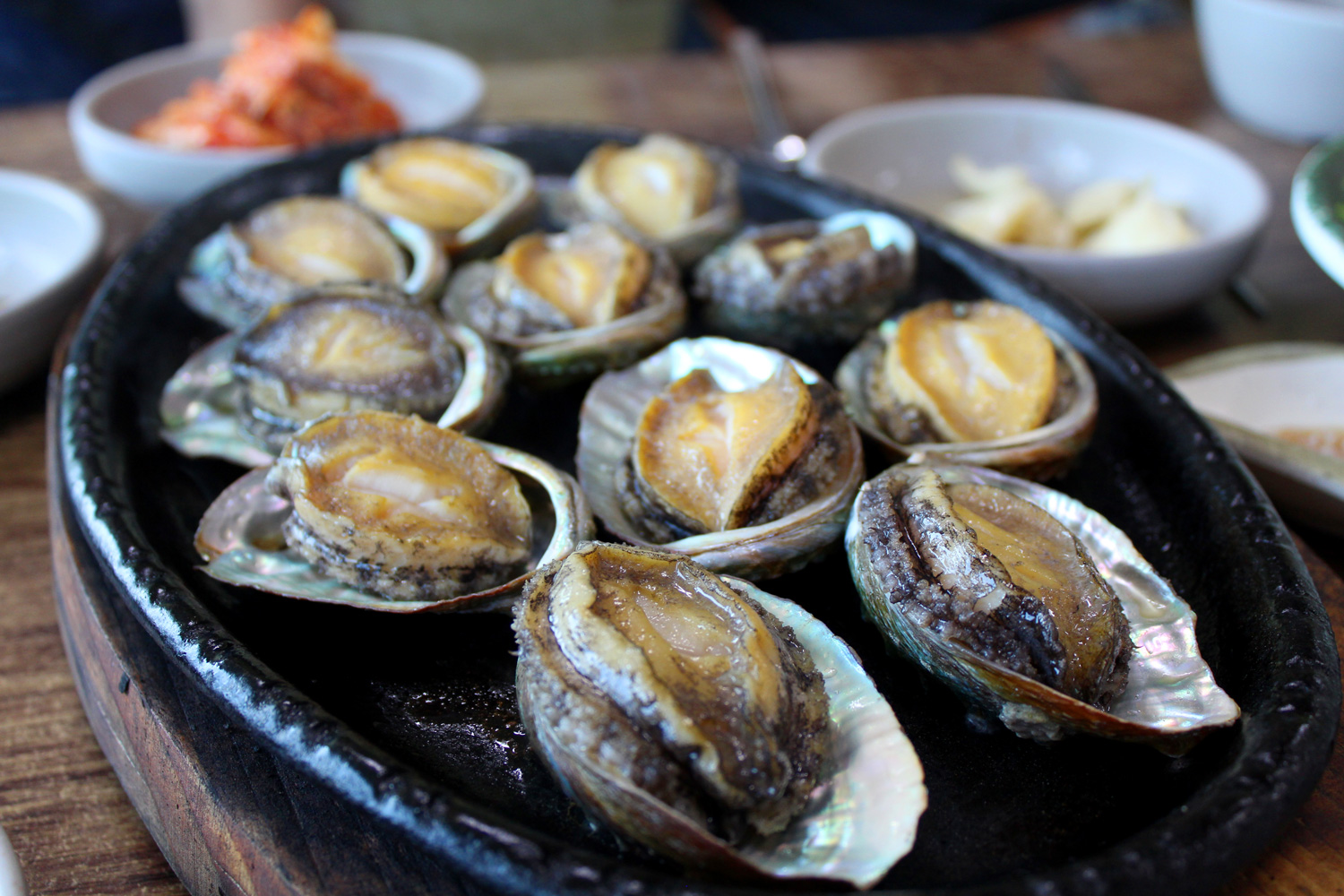Perk Up with 6 Tasteful Malaysian Drinks
Lighten your mood and rejuvenate your senses with 6 must-try Malaysian drinks!
Discover the authentic in Asian cuisine food


Abalone isn’t very popular in Australia. Despite being one of the world’s largest exporters of the tasty mollusc, it’s not a regular on dinner plates across the country. But this is not the case throughout Asia. Sadly, the demand for Abalone has not only driven up the price but led to overfishing and environmental problems.
At $100 a kilo, Abalone is not a cheap option. Despite this, it’s not uncommon to find the white flesh of the weird sea snail on a heap of menus all through China, Japan and a host of south-east Asia. So what exactly is Abalone? And why are they so expensive?
Abalone is – technically – gastropod mollusc in the Haliotidae family, cousins to whelks and sea slugs. It’s a univalve, meaning abalone just has a protective shell on one side of their bodies. The other side attaches to any rocky surface it can, and they then move slowly across the surface feeding off algae. There’re about 130 species of Abalone living in the world’s oceans, the majority of which are found in cold waters off the coasts of New Zealand, South Africa, Australia, Western North America, and Japan.
Australia’s stocks – especially those in Victoria – have taken a hit thanks to an outbreak of Abalone viral ganglioneuritis. This herpes-like virus wiped out almost 90% of wild Abalone after escaping containment from a farm in Port Fairy. The Victorian abalone industry was the most valuable commercial fishery in the state, with $75 million in exports. Livelihoods have been lost and a class action lawsuit valued at $82 million dollars was launched against the Victorian government, though it was dismissed. Abalone license holders saw the value of their license drop from around $6 million dollars to just over $1 million in 12 months due to the devastation wrought by the virus.
Illegal fishing of abalone has been another big issue for Australian authorities, partly due to the cost of licenses and partly due to the value of abalone by the kilo. Not only are local fisherman illegally removing more abalone than their quota, but international boats and divers come in and arbitrarily remove vast quantities of abalone.
Despite this, the Australian abalone industry is still thriving. Tasmania supplies about 25% of the world’s abalone, with Around 12,500 Tasmanians recreationally fish for blacklip and greenlip abalone. Scuba diving for abalone is allowed in Tassie and has a rich history in Australia. Scuba diving for abalone in the states of New South Wales and Western Australia is illegal, though a free-diving catch limit of two is allowed. In total, Australian exports of farmed and wild abalone sit at around $200 million.
Regardless of how valuable the little mollusc is, let’s be honest, it’s all about the eating!
Abalone is eaten in myriad ways all across Asia. Steamed, grilled, barbecued and prepared in a hotpot. The flavour is delicate, buttery and salty. Texturally it’s slightly chewy like calamari but with the delicacy of scallops. If you can find it and afford it, we definitely recommend trying it!

Lighten your mood and rejuvenate your senses with 6 must-try Malaysian drinks!

Pair your hearty barbecues with these refreshing Asian delights!

What are the properties of ginger, and how to pick, store and use ginger in your cooking? Find out here!